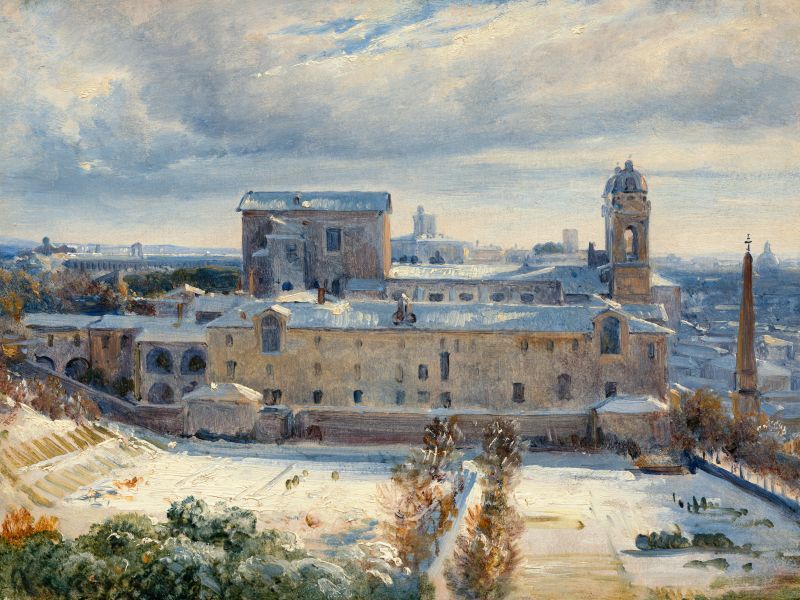Achille-Etna Michallon The Oak and the Reed

Urban trees could be dismissed as an artificial display of nature. However, people have been adorning their settlements with them through time, speaking perhaps to the truth of our own nature. As we travel along our streets to work or school or relax and play in our parks and gardens, we often do so in the company of trees. They protect us from the heat of the sun, from deluges by a heavy storm and they cleanse the air we breathe. We delight in their spring blossom, autumn colours and bird song emanating from amongst their branches. Collectively they form an urban forest, sharing the city’s spaces with us, growing along our roads and between our buildings, unconcerned by ownership. We tend to perceive them as permanent landscape features, and because of their longevity, envisioning their life-cycles can be an effort of our imaginations. As with the oak in this picture, a symbol of strength and durability, which has twisted, turned, bent and broken in the wind, trees are vulnerable, and by extension, so are our treescapes.
They are susceptible to time, disease, climate change, and our interventions and whims. We should remember trees are living things with defined lifecycles and show them the respect they deserve so that our children can enjoy the same benefits that flow from them as we do. There is a role for everyone to play here in protecting and enhancing our treescape. The Cambridge Canopy Project is taking the lead in defining these roles so that collectively we can all be caretakers of these living assets.
Cambridge Canopy Project
Sign up to our emails
Be the first to hear about our news, exhibitions, events and more…


